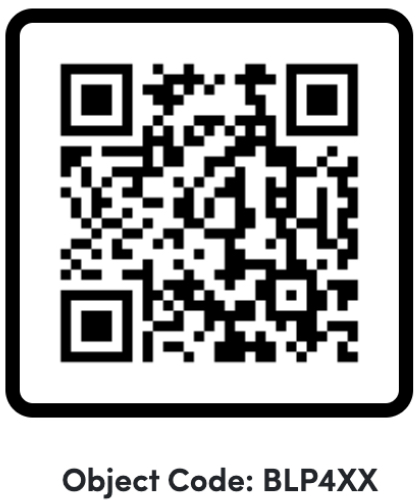I. IntroductionThe structure at left is a dimer of the amino terminal domains of phage 434 repressor complexed with operator DNA. Each temperate (or lysogenic) bacteriophage (e.g. lambda, 434, P22) encodes its own repressor protein. The repressor binds to 6 binding sites within the phage genome. These sites can also be bound by a second transcriptional repressor encoded by the phage, called Cro. The pattern of binding of repressor and Cro to these sites determines whether the phage grows lytically or lysogenically. The genetic switch that underlies the choices between lytic and lysogenic growth in the case of phage lambda are described in Chapter 16 of your text. If you are unfamiliar with the mechanisms of the lambda genetic switch, you may wish to study Figure 1 (Genetic Switch Overview). The phage 434 switch works in essentially the same way, with the 434 repressor and Cro proteins binding to comparable sites in the right and left operators of that phage. Figure 2a,b (Operator DNA Sequences) shows the DNA sequences of operator sites from lambda and 434. In this tutorial we look in detail at the binding of the repressor from phage 434 to its operator sites. In Chapter 16 of your text we considered the binding of lambda phage repressor to its sites, and so you can compare binding in the two cases. II. Operator Structure
The nucleotide sequences of operator
DNA to which repressor protein binds consists of fourteen
base pairs .
III. Repressor StructureRepressor binds to operator DNA as dimers. Each monomer binds to an operator half site. The amino-terminal domains of repressor are responsible for DNA binding and the carboxy-terminal domains (not shown) are primarily responsible for dimerization of the repressor monomers. The amino-terminal domain of each monomer is composed of five alpha-helices connected by short loops. Helices two and three of each amino-terminal domain form a helix-turn-helix motif found in many prokaryotic transcription factors, and in a modified form (the homeo domain) in some eukaryotic transcription factors. This motif comprises ~20 residues. Helix three inserts into the major groove of operator DNA.
IV. Repressor-Operator InteractionsHelix three of each repressor monomer is primarily responsible for binding to the ACAA recognition sequence in the major groove. As shown for one monomer, glutamine 28 forms hydrogen bonds with adenine one of this sequence. Hydrogen bonds also link glutamine 29 of helix three with guanine 2, as well as glutamine 33 with thymine 4. Packing of the side chains of glutamine 29 and threonine 27 forms a hydrophobic pocket that accepts the methyl group from thymine three.
V. ReferencesAggarwal, A. K., Rodgers, D. W., Drottar, M., Ptashne, M., Harrison, S. C.: Recognition of a DNA operator by the repressor of phage 434: a view at high resolution. Science 242: 899-907 (1988). Shimon, L. J., Harrison, S. C.: The phage 434 OR2/R1-69 complex at 2.5 A resolution. J Mol Biol 232: 826-838 (1993). |
|
